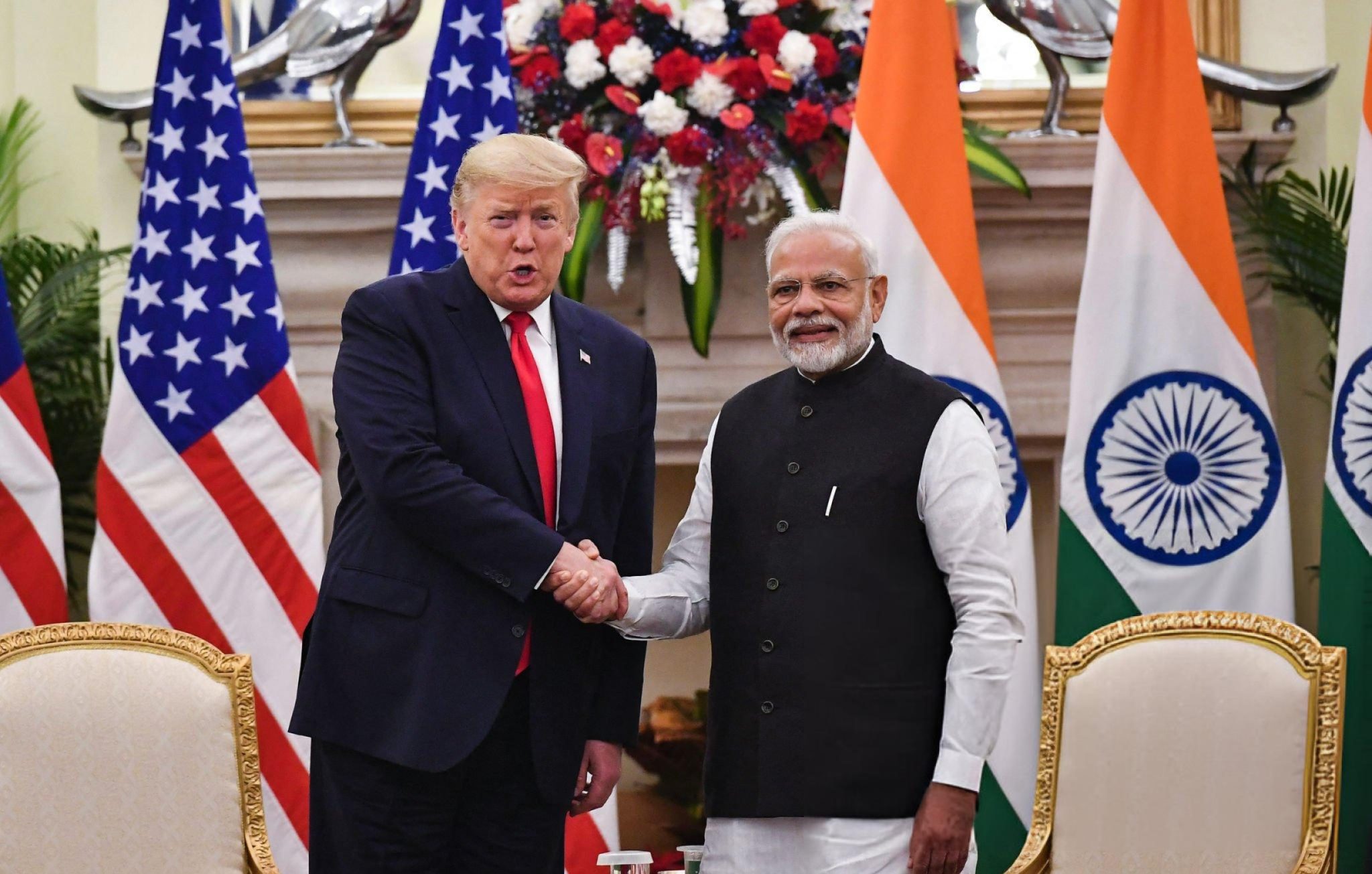The United States has once again emerged as India’s largest trading partner, marking the fourth consecutive year of this status in the financial year 2024-25. According to figures released by the Ministry of Commerce, total bilateral trade between India and the US soared to $131.84 billion, underlining the deepening economic relationship between the two nations.
India-US trade: Strengthening economic ties
India’s trade with the US continues to gain momentum across a spectrum of industries, including pharmaceuticals, technology, energy, and gemstones.
India’s exports to the US increased by 11.6%, climbing to $86.51 billion in FY25, compared to $77.52 billion in the previous fiscal year. Imports from the US also witnessed a healthy rise of 7.44%, reaching $45.33 billion, up from $42.2 billion in 2023-24.
This resulted in a trade surplus of $41.18 billion in India’s favour, up significantly from the $35.32 billion surplus recorded last year, indicating robust demand for Indian goods and services in the American market.
Leading Indian exports to the US in FY25:
- Drug formulations and biologicals – $8.1 billion
- Telecom instruments – $6.5 billion
- Precious and semi-precious stones – $5.3 billion
- Petroleum products – $4.1 billion
- Gold and precious metal jewellery – $3.2 billion
- Cotton-based readymade garments – $2.8 billion
- Iron and steel products – $2.7 billion
Key US imports into India:
- Crude oil – $4.5 billion
- Petroleum products – $3.6 billion
- Coal and coke – $3.4 billion
- Cut and polished diamonds – $2.6 billion
- Electrical machinery – $1.4 billion
- Aircraft and spacecraft components – $1.3 billion
- Gold – $1.3 billion
India and the US are currently in ongoing trade negotiations, with an ambitious shared objective of expanding bilateral trade in goods and services to $500 billion by 2030—a significant leap from the current level of $191 billion.
Trade deficit with China widens significantly
While the US tops the chart, China remains India’s second-largest trading partner, with total trade standing at $127.7 billion in FY25, an increase from $118.4 billion in 2023-24. However, the trading relationship with China continues to be highly imbalanced.
India’s exports to China fell sharply by 14.5%, sliding to $14.25 billion from $16.66 billion the previous year. In stark contrast, imports from China rose by 11.52%, reaching $113.45 billion, up from $101.73 billion in FY24.
This led to a widening trade deficit with China, now standing at $99.2 billion, up from $85.07 billion last year—a 17% increase. The growing imbalance has become a point of concern for Indian policymakers, who are actively seeking to reduce reliance on Chinese imports, especially in strategic sectors such as electronics and machinery.
UAE retains third spot
The United Arab Emirates (UAE) maintained its position as India’s third-largest trading partner in FY25, with total bilateral trade amounting to $100.5 billion. The UAE has long been a reliable economic ally for India, particularly in energy, gold, and labour remittances.
India’s changing trade landscape
India’s trade landscape is undergoing a steady transformation. The increasing volume of trade with the US reflects closer geopolitical alignment and stronger business ties, while the growing deficit with China underscores structural imbalances in import-export dynamics.
As India sets its sights on expanding its global trade footprint, diversification of trade partnerships and the strengthening of alliances with nations like the US and UAE will be crucial. Meanwhile, rebalancing trade relations with China remains a key economic priority for the government in the coming years.






